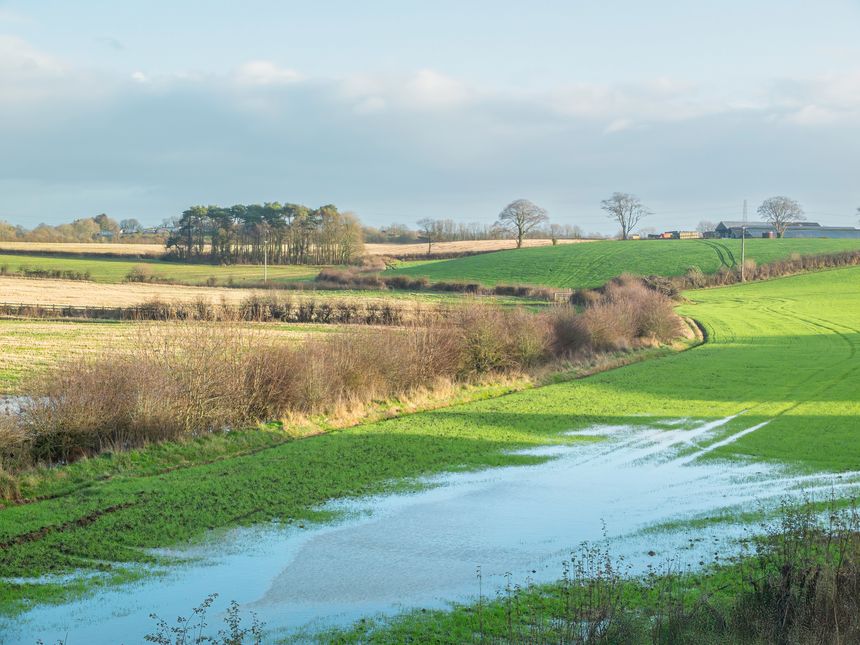Ramsar sites are wetlands of international importance designated under the Ramsar Convention. Unlike Special Protection Areas and Special Areas of Conservation, they are not covered by the Habitats and Species Regulations 2017 ("the Habitats Regulations"). The National Planning Policy Framework ("NPPF") explains that Ramsar sites should be given the same protection as habitats sites.
Among other things, the Habitats Regulations require a competent authority to undertake an Appropriate Assessment ("AA") before deciding to undertake, give consent, permission, or other authorisation for a plan or project likely to have a significant effect on a habitats site. An AA is a process for identifying and examining the implications of the designated features and conservation objectives of the habitats site which should be undertaken in accordance with the Habitat Regulations.
CG Fry & Sons Limited ("the Developer") was granted outline planning permission by Somerset West and Taunton Council (now Somerset Council – "the LPA") in 2015 for a mixed-use development including 650 dwellings, commercial and community uses, a primary school, and associated infrastructure on land at Jurston Farm, near Wellington ("the Site"). The Site is located within the catchment area of the River Tone, which feeds into the Somerset Levels and Moors, a designated Ramsar site.
The planning permission was proposed to be carried out over a number of phases by the Developer. Both the outline and subsequent reserved matters approvals were subject to planning conditions.
An application to discharge planning conditions in June 2021 was withheld by the LPA following advice issued by Natural England in 2020 and in light of NPPF guidance.
Natural England's advice, addressed to all Somerset planning authorities, stated that the unfavourable water condition of the Ramsar site should be given "due consideration" before granting planning applications, based on recent case law known as the Dutch case. As a result, new developments needed to demonstrate phosphate neutrality to avoid increasing phosphate load in the Somerset Levels and Moors Ramsar Site.
The LPA's actions led to a planning appeal, which was dismissed by the Planning Inspector in November 2022. An appeal against the inspector’s decision was subsequently dismissed in the High Court and the Court of Appeal, the latter determining that:
- Regulation 63 of the Habitats Regulations applied at the stage of considering whether conditions attached to reserved matters approval should be discharged; and
- Paragraph 181 of the NPPF was engaged and was material in the LPA’s consideration of whether to discharge planning conditions.
The Supreme Court issued its judgment today and allowed the appeal on issue 2.
The Court held that the Court of Appeal had erred in giving a statement of policy i.e., the NPPF the same status as legislation in respect of discharging planning conditions attached to a reserved matters approval related to an outline planning permission. The Court reiterated the long-standing position that where an outline permission reserves matters for subsequent approval by the LPA, the extent to which approval can be withheld is restricted to what has been expressly reserved. It is not permitted to revisit points of principle. By relying on the NPPF and Natural England's advice in determining an application to discharge a planning condition, the LPA sought to revisit matters previously considered, effectively eliminating the possibility of development taking place within the scope of the approved development.
On issue 1, the Supreme Court agreed with the Court of Appeal that the Habitats Regulations may require an AA in relation to habitats sites when determining the discharge of planning conditions.
In allowing the appeal, it is hoped that consented homes in Somerset can now come forward without further delay, litigation, or demands for payment from developers towards neutrality solutions.
For more information, please contact Hannah Langford. Hannah is our lead Partner of our Planning practice area and was recognised in both the Legal 500 and Chambers UK 2026 rankings.

/Passle/6491ca5e863f054b458578e8/MediaLibrary/Images/2025-10-10-09-31-53-615-68e8d289395c65df95ab4a24.png)
/Passle/6491ca5e863f054b458578e8/SearchServiceImages/2025-12-19-15-20-52-177-69456d545f578b1a57f3445e.jpg)
/Passle/6491ca5e863f054b458578e8/MediaLibrary/Images/2025-12-18-14-17-57-949-69440d15d31e2694620766cf.jpg)
/Passle/6491ca5e863f054b458578e8/MediaLibrary/Images/2025-12-18-13-59-40-841-694408ccc311190ddba29679.jpg)